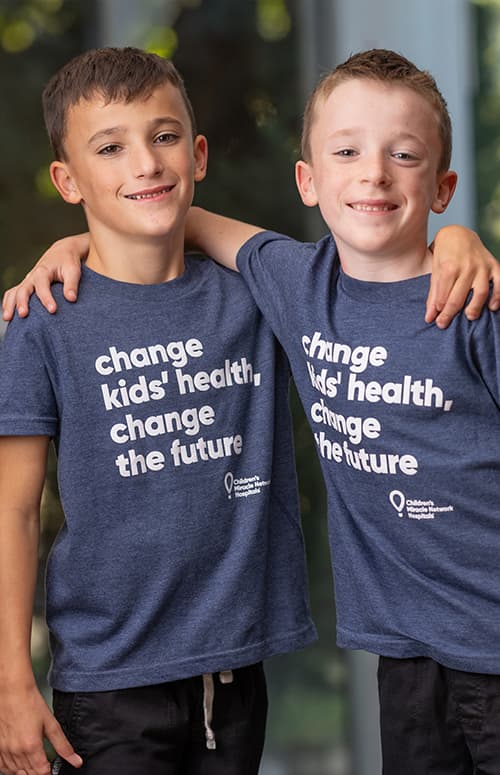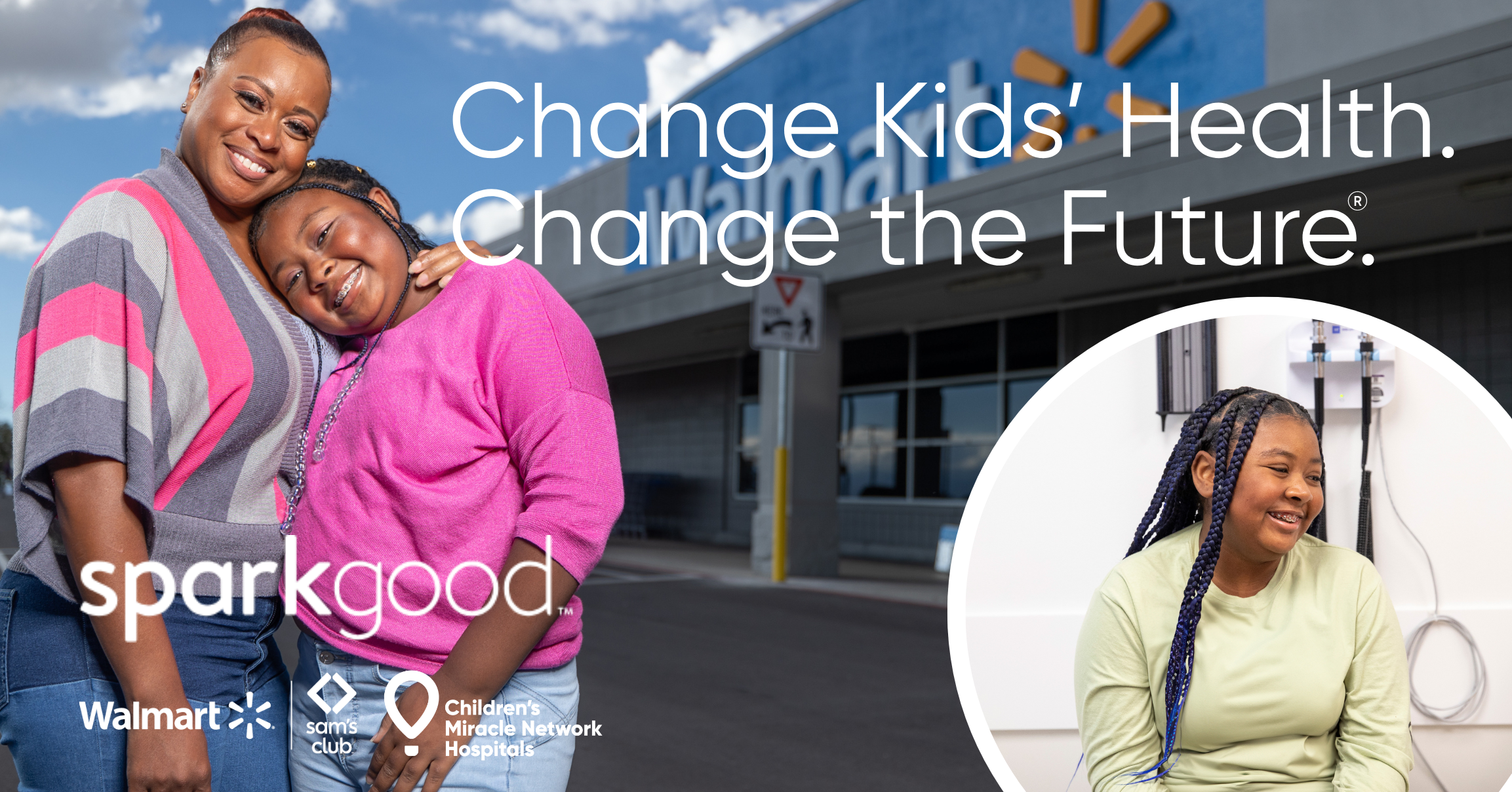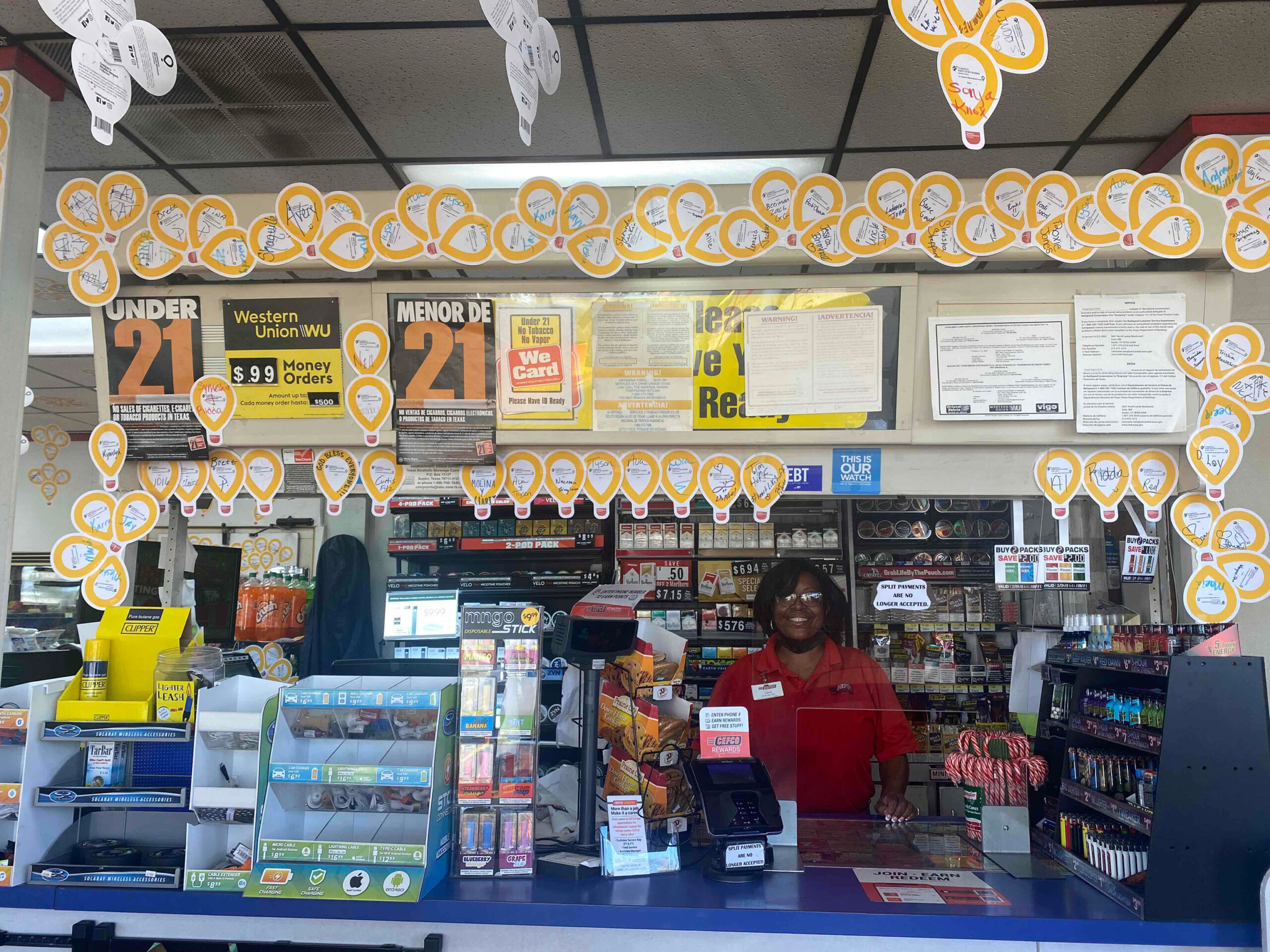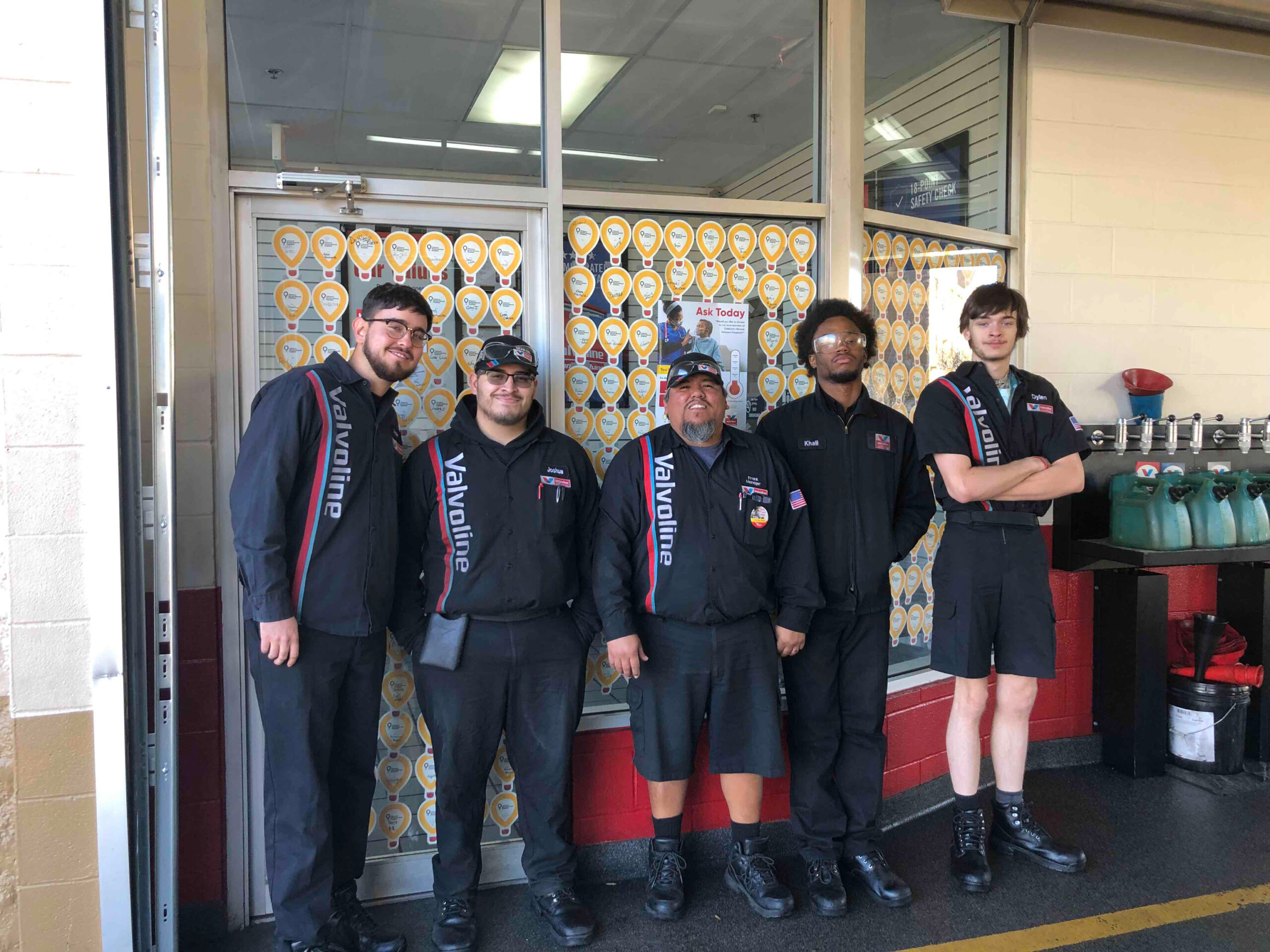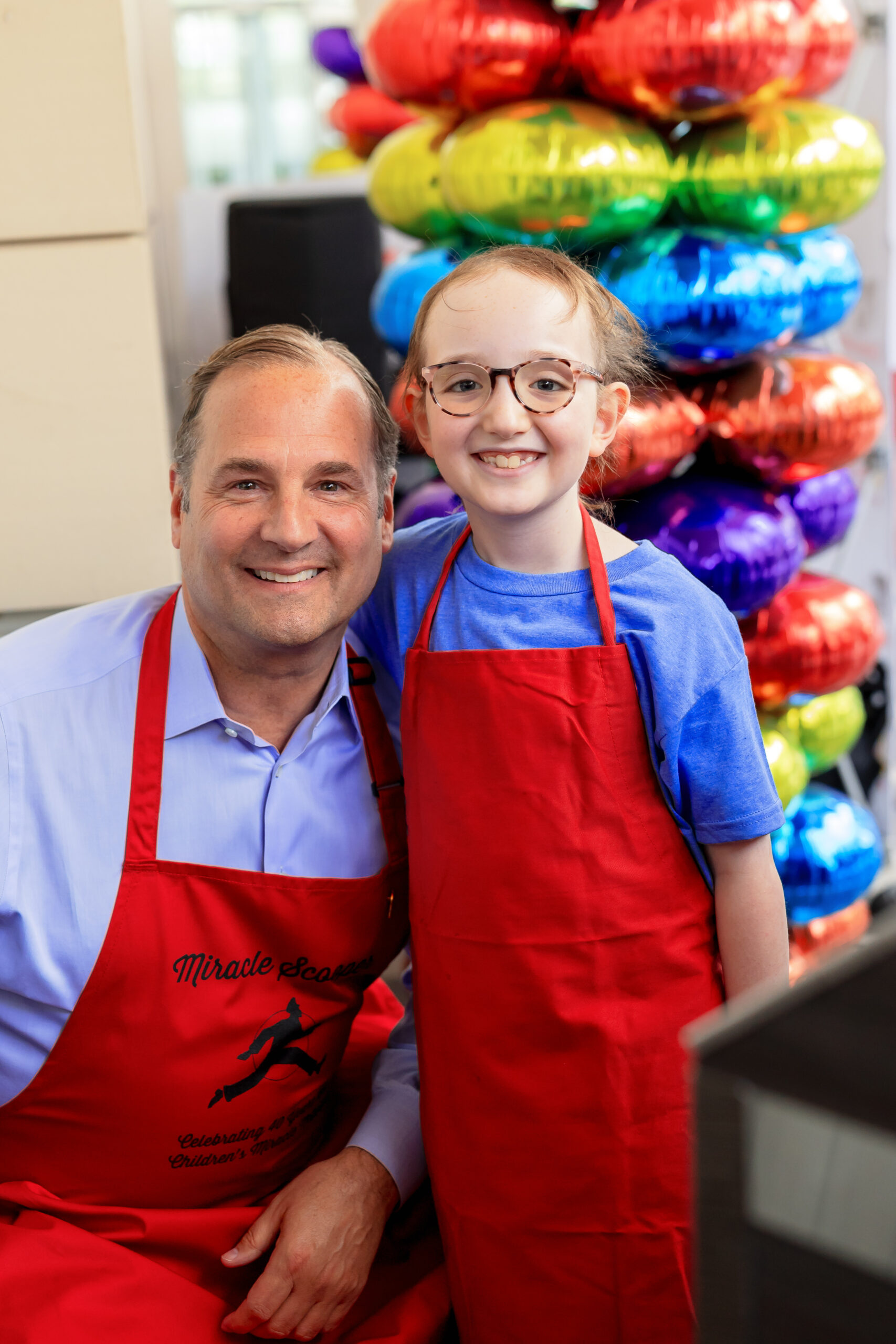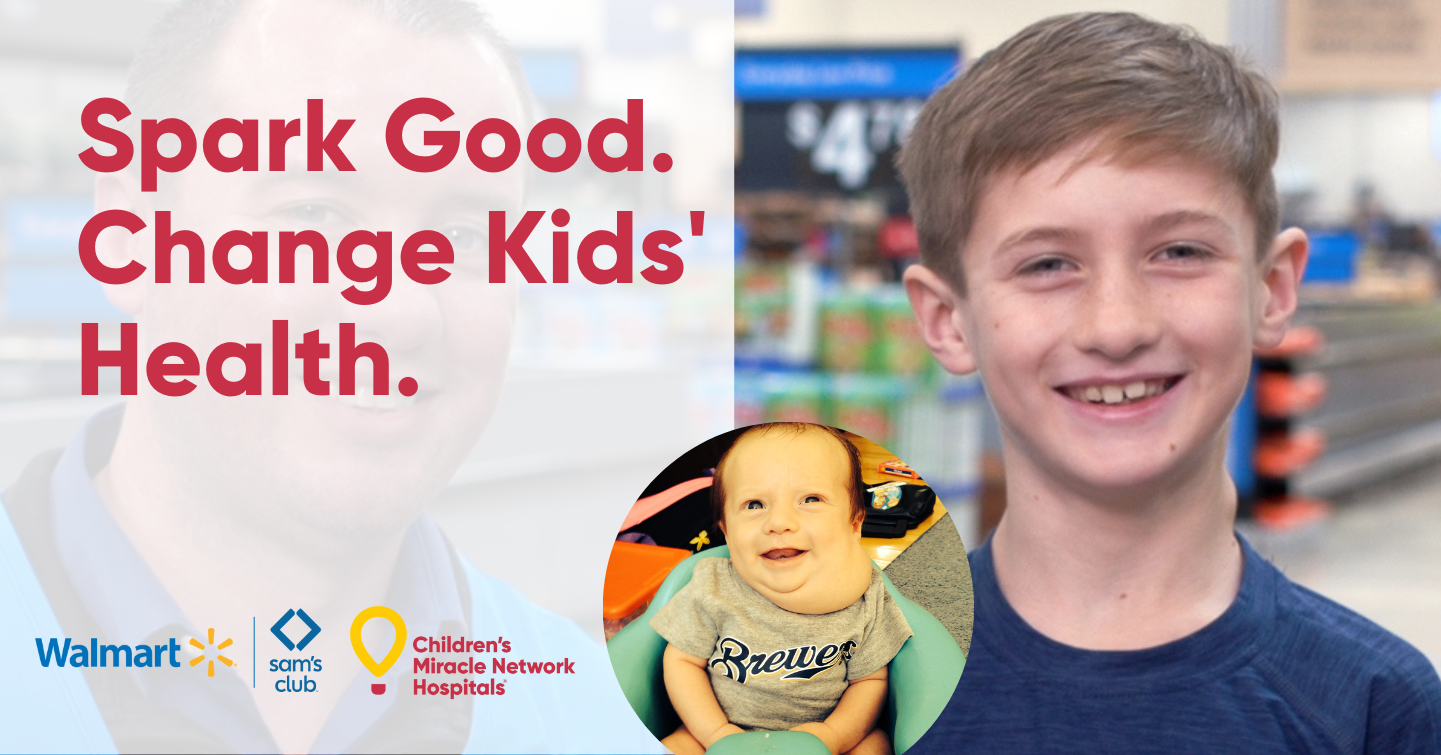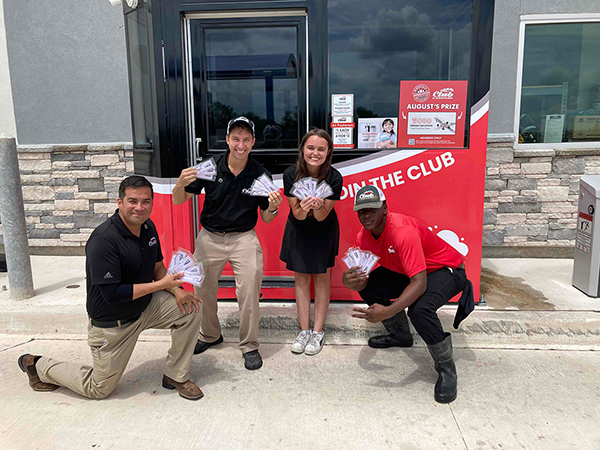Poison prevention tips for every parent
Keeping prescriptions, cosmetics and household cleaners out of reach is key to reducing accidental poisonings.
Determining a poisonous hazard can be tricky business. Oftentimes, medications intended to help kids recover from an illness can prove lethal in a matter of milligrams. Other poisonous hazards are commonly known but not carefully monitored. Both oversights contribute to the 1 in 100 children under age 14 who die each year from unintentional poisoning.
Perform a household check and consider these Children’s Miracle Network Hospitals-approved tips for reducing the most common household poison threats.
An ounce of ‘proof’ is worth a pound of prevention: Restricting access to poisonous materials is the first step to reducing risk. Childproof your home once your baby is old enough to crawl, installing cabinet locks, latches and doorknob covers where appropriate. Take the perspective of your baby and assess every room of your home and assess cupboards and drawers, say experts at Texas Children’s Hospital.
Medication mindfulness: It might be a quick fix to a challenge, but resist the urge to convince children that medication is like candy. Janeway Children’s Health and Rehabilitation Centre reminds parents to prevent baby and toddler double-dosing by ensuring that one parent is responsible for doses, or both commit to logging a daily tracker. Also remind your kids that more doses don’t lead to quicker recovery. Rosanne Thurman, Director of Pharmacy at Cook Children’s Medical Center in Forth Worth, Texas, made this mistake as a child and recounts the quick action that saved her life.
Look out for lookalikes: Ever consider how a can of powder bleach resembles a can of parmesan cheese? The same can be said for muscle pain cream and cake icing, mouse-rat bait and colorful candy, bird seed and granola, and nicotine gum and chewing gum. Keep the former hazards out of reach and clearly identified. Teach your kids about the hazard symbol, and place a clear red sticker on hazardous products to further prevent ingestion.
Uncommon culprits: Cabinets, drawers and shelves may house the most common poison hazards. But consider cosmetic-laden purses and lethal plants when assessing your home’s safety. Know the names of plants, flowers, berries and mushrooms in and around your home. Not sure about a specific flora? Take a picture and upload it to identification online forums like DavesGarden.com or GardenWeb.com.
Need poison advice? Call the Poison Control Help Number: 800-222-1222. Store it in your cell phone, and make sure babysitters do as well.
Want some motivation to rid your home of expired or no-longer-needed medications? Thursday, April 24 is National Prescription Take-Back Day, which aims to provide a safe, convenient and responsible means of disposing of prescription drugs, while also educating the general public about the potential for abuse of medications. Visit www.deadiversion.usdoj.gov beginning April 1 to locate collection sites near you.
To learn more about your local Children’s Miracle Network Hospital and ways you can help make kids healthier, visit CMNHospitals.org.
